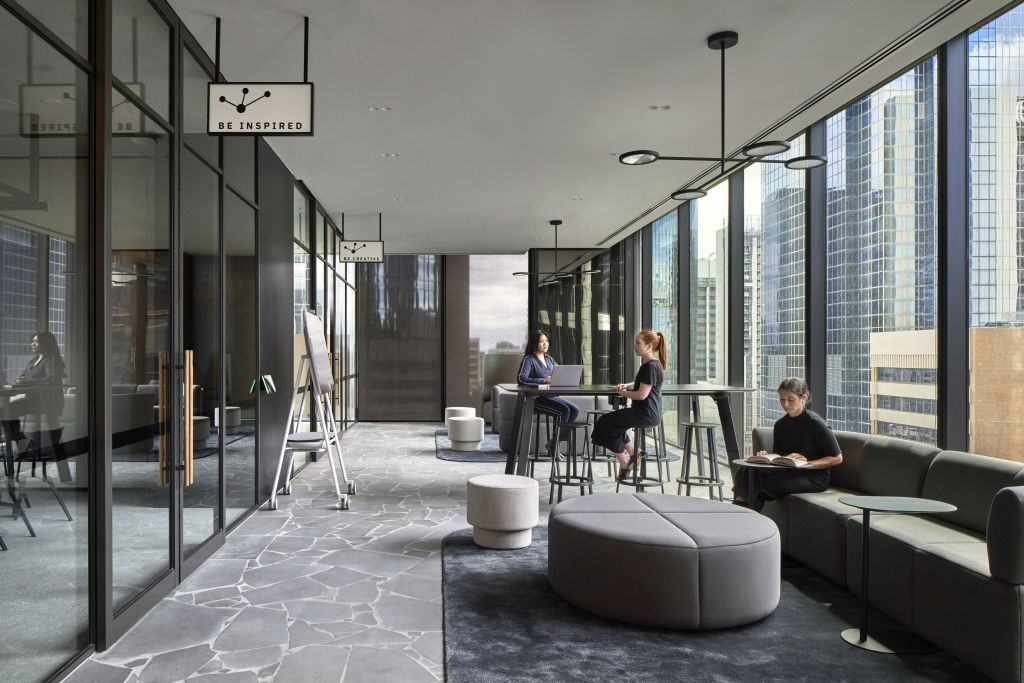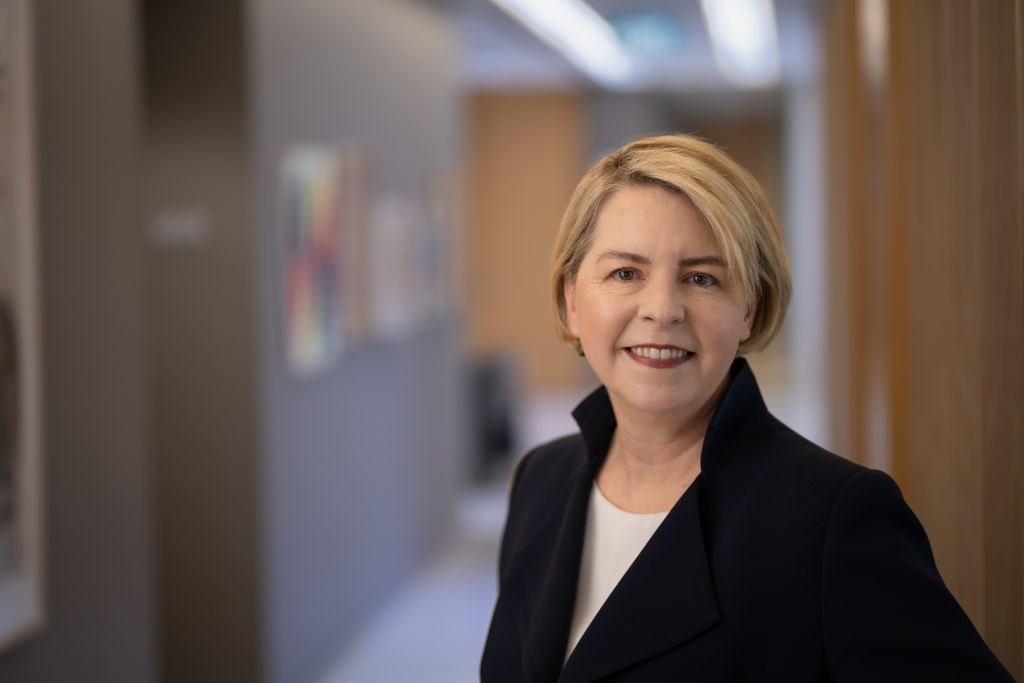BLOG
Date:
27/04/2021
Location:
Victoria
‘A fundamental shift’: The post-COVID offices of the future

The world of work is set to evolve along the lines of retail, with companies having to put more effort into treating their employees like “customers” to attract them back to the office and giving them the freedom to choose.
Just as the post-COVID-19 retail model has evolved to encompass both bricks and mortar and e-commerce, we’ll similarly see the rise of the “omnichannel worker”, according to a new report from developer Mirvac.
“A fundamental shift has happened, and we can see that paralleling the change in retail when Amazon started to go online and redefined shopping,” white paper co-author Paul Edwards said. “COVID drove everything online, and in the same way, the cloud has become the backbone of working life.
“It means suddenly all the old ways of thinking about work that have come from the past 50, 60 and 70 years are being challenged. People said shops were dead, but they’ve just been re-thought and re-invigorated in different ways. And, similarly, the CBD office isn’t dead either, far from it. It’s still going to be an integral part of a worker’s life; a fundamental and critical part.”
Redefining the office
The new landmark report, The Rise of the Omni-Channel Worker in the Digital Age, highlights that, as demand for flexible working grows, organisations need to be ready to pivot and respond to the most significant workplace shake-up in a generation.
This includes redefining the term “office” to not only refer to the commercial space, but anywhere an employee can connect to the digital work environment.
The study also portrays the office as becoming more like an oasis, where employees can connect and learn from their peers, brainstorm challenges and focus on new ideas. Rather than being the place where task-oriented work is undertaken, it will develop into the focus for human-centred activity that requires problem-solving, innovation, and collaboration.
Mr Edwards, who as the general manager of workplace experiences was responsible for preparing Mirvac – and the tens of thousands of people within their portfolio of office spaces – for the future of work, produced the report together with UK-based Jeremy Myerson from the WORKTECH Academy, which keeps tabs on global change.
“Offices will become more upmarket and more of a showcase for their companies, in the same way as retail stores now offer much more of an ‘experience’,” Mr Myerson said from his office in London. “Organisations will then start to treat their workers like customers so they receive a ‘work experience’ as more of a branding exercise.
“So, you end up going to an office to build culture and social capital and for social interaction or training and mentoring. It’ll be more of a destination, and firms will sell it in the same way that universities these days sell themselves to attract more foreign students.”
One of the key tenants of Mirvac’s new Olderfleet building in Melbourne, law firm Lander & Rogers, is a prime example, with a fit-out that includes airy, light-filled work spaces as well as pods for three people at a time to work together, event rooms and collaboration areas.
“We have beautiful spaces that people want to be in, and a lovely client cafe area, as well as internal stairs that create that ‘bump’ factor where you can casually meet other staff from other floors,” chief executive partner Genevieve Collins said.

“We also have a central staff cafe between two work floors, so everyone comes together right in the middle for that water-cooler connection. We’ve found people have been keen to come back to the office to some extent, but mostly part-time, so they can work flexibly elsewhere. We’ve found three things driving them back in – team culture, social connection and collaboration.”
The route back to work hasn’t always been entirely smooth sailing, however. According to Jenny Folley, founder and managing director of @WORKSPACES, people have become so used to working from home, they are finding it difficult to cope with the commute and working in an office all day.
“They’re getting up early and travelling through heavy traffic and they’re no longer used to it,” she said. “Employers need to be aware of that and factor it into their plans.
“If the return to work is going to be successful, they need to give staff regular breaks, encourage them to walk around and get energised, let them leave early and be tolerant until they re-adjust.”
Demand for flexible working
With remote working here to stay, at least some of the time when people aren’t in their central offices collaborating or problem-solving with their colleagues, there’s still a strong demand for co-working spaces as the preferred solution for those who’d rather not work from home.
Leading co-working company The Commons has now partnered with property developer Deague Group and serviced office specialists APSO to open a flexible office space, Central House in South Melbourne, expressly for professionals, executives and corporates. As well as workspace, there’s also an indoor basketball court and a virtual golf simulator.
“We had identified a gap in the market for an executive shared workspace, catering for professionals, but didn’t want to just open a basic office with a minimal offering,” Deague Group managing director Jonathan Deague said.
For, if nothing else, COVID-19 showed everyone that people do like to work with others at times and, for innovation to take place, bouncing ideas off each other can be a valuable short-cut to coming up with the best solutions to issues.
“As task-oriented jobs start to disappear or are done by computers, machine learning or AI, the theory was always that people would pivot to the greater use of skills like problem-solving and collaboration and working together in teams,” Mr Edwards said.
“As those skills become more important, so the office would have changed anyway. But COVID-19 brought that forward and now we’re seeing offices as place to socialise, share ideas and innovate, which are all fundamental parts of work in the future.”
Source: Sue Williams - Commercial Real Estate